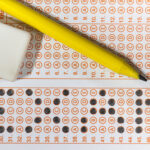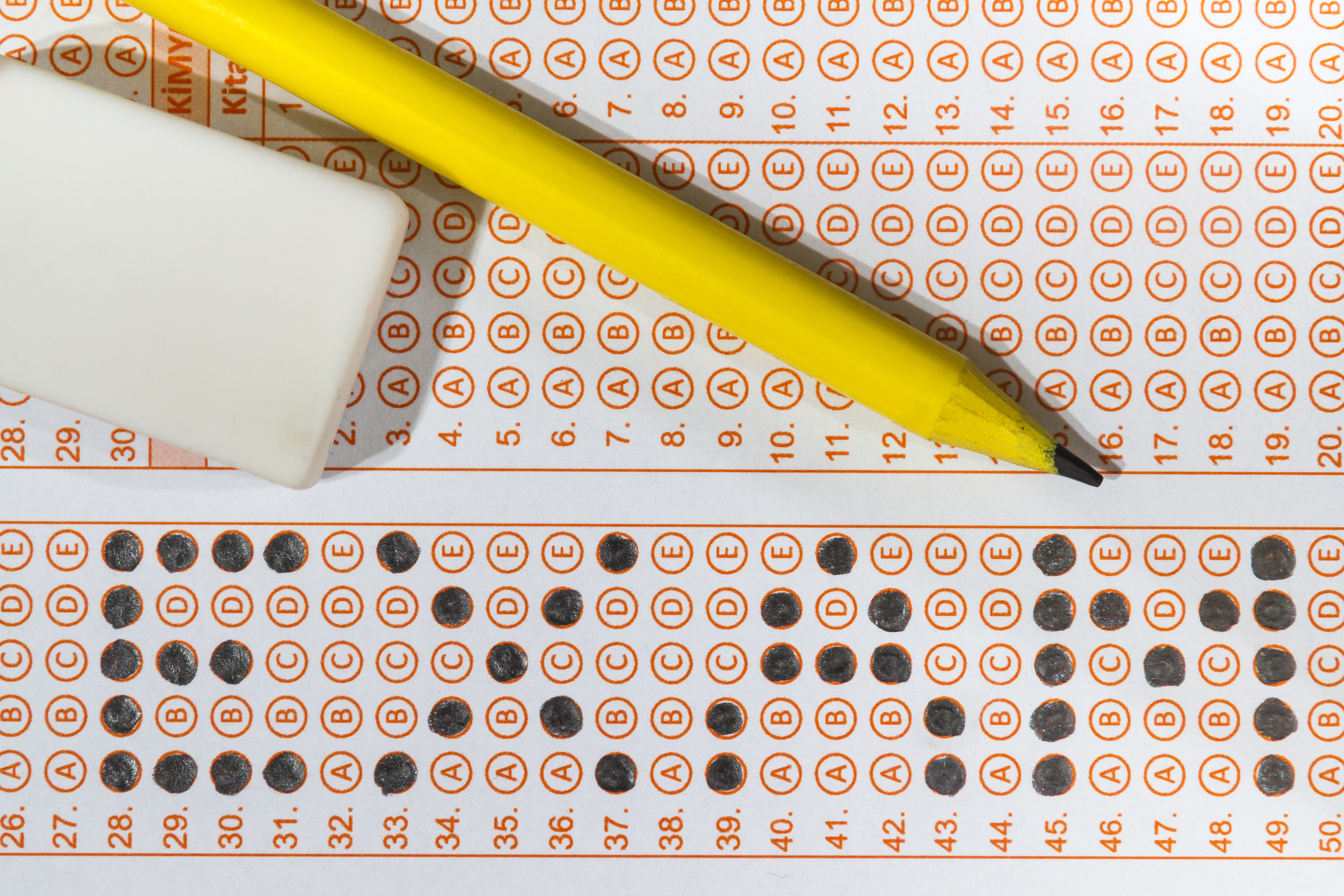To print this article, all you need is to be registered or login on Mondaq.com.
In Australia, double jeopardy laws have evolved through
significant reforms to balance the rights of the accused and ensure
the prosecution are able to re-agitate proceedings where
appropriate.
The principle is intended to protect the rights of individuals
by ensuring that the criminal justice system does not abuse its
power. However, some have argued that it can – in some cases
– obstruct justice by preventing a person from being retried
for a crime they may be guilty of.
The only exception to the double jeopardy rule is if the case
has fresh and compelling evidence that compels a Court to order a
retrial if it is in the interests of justice.
There are some key cases which explore the limitations of this
exception and the circumstances under which defendants may be
re-tried.
What is Double Jeopardy?
Double jeopardy is a criminal law principle that prevents an
individual from being tried for the same offence after being
acquitted or convicted.
This rule was created to ensure that people who are found not
guilty of a crime will not be charged over the same allegations in
the future. This is in line with the principle of finality which
sets out that once a case has been determined by a court, it should
not be reagitated.
It is important to understand that double jeopardy only applies
to the prosecution of a specific allegation. It does not prevent
other allegations from being heard by a court.
For example, if you were charged with robbery in 2018 and the
court determined you were not guilty, then you cannot be charged
for that same robbery again at a later time.
However, if police allege that you committed a different robbery
offence, the principle of double jeopardy would not apply and you
could be charged.
The Rule against double jeopardy originated from three related
principles of legal theory:
- The ancient doctrines of autrefois acquit (previously
acquitted) and autrefois convict (previously convicted). These
doctrines allowed the defendant to claim that they had been
previously acquitted or convicted for the same offence and should
not be tried again; - The Rule that a person should not be tried for a second time if
the facts and evidence are substantially the same; and - That the Court can act to prevent prosecution if the result is
an unfair trial
When Does Double Jeopardy not Apply?
The exception to double jeopardy is that there must be fresh and
compelling evidence against the defendant for an offence that
carries life imprisonment and in all the circumstances a retrial is
in the interests of justice.
The Crimes (Appeal and Review) Act 2001
(‘the Act’) was amended to allow the New South Wales Court
of Criminal Appeal (NSWCCA) to retry acquitted persons if the
Director of Public Prosecutions (DPP) was able to show “fresh
and compelling evidence.”
Section 100(1) of the Act allows the NSWCCA
to order an acquitted person to be retried for a life sentence
criminal offence if satisfied that:
- There is fresh and compelling evidence against the acquitted
person, and - In all circumstances, it is in the interest of justice for the
order to be made.
The term ‘life sentence criminal offence’ includes the
following crimes:
- Murder
- Large commercial drug supply
- Aggravated sexual assault in company
- Sexual intercourse with a child under 10
- Several terrorism offences
Section 100 of the Act also extends the exception
of double jeopardy to situations where a person has been tried and
acquitted of manslaughter. However, it does not include situations
where a person was initially charged with murder and then convicted
of manslaughter or another lesser offence.
Section 102 of the Act defines the terms
‘fresh’ and ‘compelling.’
Section 102(2) of the Act explains that evidence
is fresh if:
- It was not adduced in the proceedings in which the person was
acquitted, and - It could not have been adduced in those proceedings with the
exercise of reasonable diligence.
Section 102(3) of the Act provides that evidence
is compelling if:
- It is reliable, and
- It is substantial, and
- In the context of the issues in dispute in the proceedings in
which the person was acquitted, it is highly probative of the case
against the acquitted person.
Section 102(4) clarifies that evidence is not
prevented from being ‘fresh and compelling’ because it was
inadmissible in the earlier proceedings.
Double Jeopardy Cases Australia
Australia’s leading double jeopardy case was
R v Carroll [2002] HCA 55. The brief facts of
this case are as follows. In 1973, Raymond John Carroll kidnapped a
16-month-old named Deidre Kennedy from her family home. It was
alleged Deidre was sexually abused, strangled and then abandoned on
the top of a portable toilet roof.
Carroll was charged with this crime and found guilty twice. He
appealed the findings of guilt successfully on both occasions based
on the double jeopardy principle. At the time, there was no
exception to the double jeopardy rule.
In 2007, amendments were made to legislation to introduce
exceptions to the double jeopardy rule. These amendments meant that
violent crimes like murder and sexual intercourse with a child
under 10 could be subject to a retrial if the provisions of the Act
were met.
Double Jeopardy Example
An example of double jeopardy is the case of
Frits George Van Beelen v The Queen [2017] HCA
48. In that case,the High Court of
Australia considered the meaning of ‘compelling.’
Mr Frits Van Beelen was found guilty on 19 October 1972 of
murdering a 15-year-old girl on 15 July 1971. The prosecution
presented evidence that the victim was last seen alive running down
a track leading to the beach at around 4pm on 15 July 1971.
Her body was found buried under seaweed on the beach at 4:20am
the following day. An autopsy suggested that she had been drowned
to death and then sexually assaulted.
Mr Van Beelen was one of the few people on the beach at the time
of Deborah’s disappearance and some of the fibres on his
sweater were attached to the fibres on the victim’s
singlet.
Dr Colin Manock, a director of forensic pathology, examined
Deborah’s body at 5am on the 16th of July 1971. He did not
measure body temperature because it had been raining and he thought
there was no utility in doing so. It is important to note that in
forensics, using body temperature to estimate the time of death is
considered the gold standard.
In his evidence, Dr Manock stated that the time of death could
not have been later than 4:30pm. He made this approximation by
relying on the time and the contents of the victim’s last meal
and the state of that meal at the time of the examination. There
was evidence that Mr Van Beelen was at the beach at 4:30pm.
Mr Van Beelen successfully appealed this conviction, which led
to a retrial. A second jury returned a guilty verdict on 12 July
1973. Mr Van Beelen then sought a third trial where he relied on
‘fresh and compelling’ evidence.
The evidence was contained in a report by Professor of Medicine
Michael Horowitz. Professor Horowitz stated that estimates of death
based on stomach contents are “unequivocally highly
erroneous.” This meant that the time of death provided by Dr
Manock at the previous trials were invalid.
The High Court determined that this evidence passed
the Section 102(2) test and was fresh evidence.
It also deemed that the evidence was of real significance since the
time of death was an issue in the trial and it was in the interests
of justice to consider that evidence.
However, the High Court ultimately refused Mr Van Beelen’s
appeal on the basis that the evidence was not ‘compelling’
as required under Section 102(3). The new evidence
did not give rise to, “a significant possibility that a
properly instructed jury, acting reasonably, would have acquitted
the appellant had Dr Manock’s erroneous opinion as to the time
of death not been in evidence”.
The Court reasoned that the new evidence did not increase the
probability of a person other than Mr Van Beelen being the
perpetrator.
#Double #jeopardy #law #Australia #Court #Procedure










